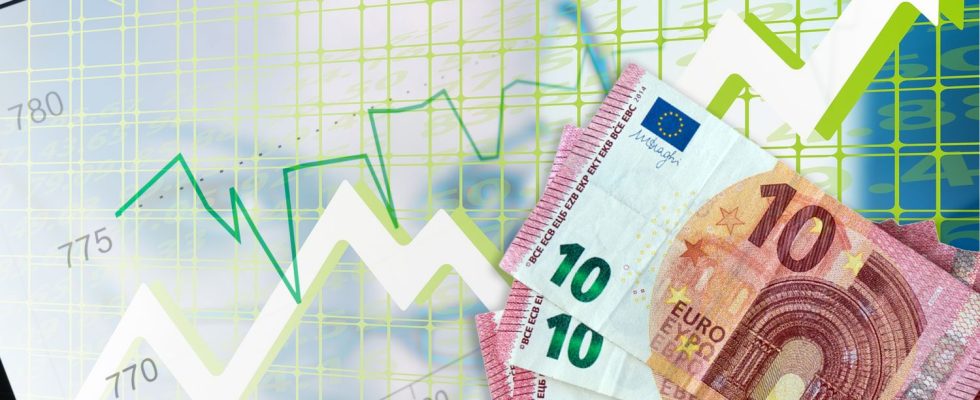The rise in consumer prices in the twenty euro zone countries has been divided by more than four since the record 10% inflation in October 2022, when energy prices were soaring.

Published
Update
Reading time: 2 min

Let us first remember that a decline in inflation does not mean a fall in prices but a slowdown in their rise. Prices continue to rise, but less quickly. Over one year, in March 2024, this price increase was limited to 2.4% (0.2 points less than in February), according to official figures communicated by Eurostat, the statistics body of the European Commission, the equivalent of our INSEE in France. A decline significantly more marked than what analysts expected. The March figure confirms the trend observed in recent months.
The rise in consumer prices in the twenty euro zone countries has been divided by more than four since the record 10% inflation in October 2022, when energy prices were soaring. In France, inflation is now at 2.3% and in Germany, it has just fallen to 2.2%, its lowest level in three years. We are therefore getting closer to the ideal level set by the European Central Bank.
A fertile ground for a drop in interest rates
If food prices remain high, energy prices are gradually falling. Their weight in the index is therefore less heavy. And then there is the action of the European Central Bank which, by increasing interest rates over the last two years, has helped to cool the engine. At the cost, it is true, of sluggish growth: high interest rates have slowed investment, consumption, and the ability of households to borrow under good conditions. But it was the price to pay to stem the general rise in labels. The bet partly won.
This improvement in inflation sends a positive signal to the European Central Bank, which is still waiting to be reassured on certain indicators before actually cutting rates. The ECB examines in particular what is called “underlying” inflation, that is to say the rise in prices corrected for the volatility of energy and food. This indicator is considered more representative. In summary: decline in inflation with a return to the objectives set by the ECB, this forms fertile ground for a rate cut. Analysts are counting on the month of June, as for the ECB, it meets its monetary policy council on April 11 and could then give some indications.
